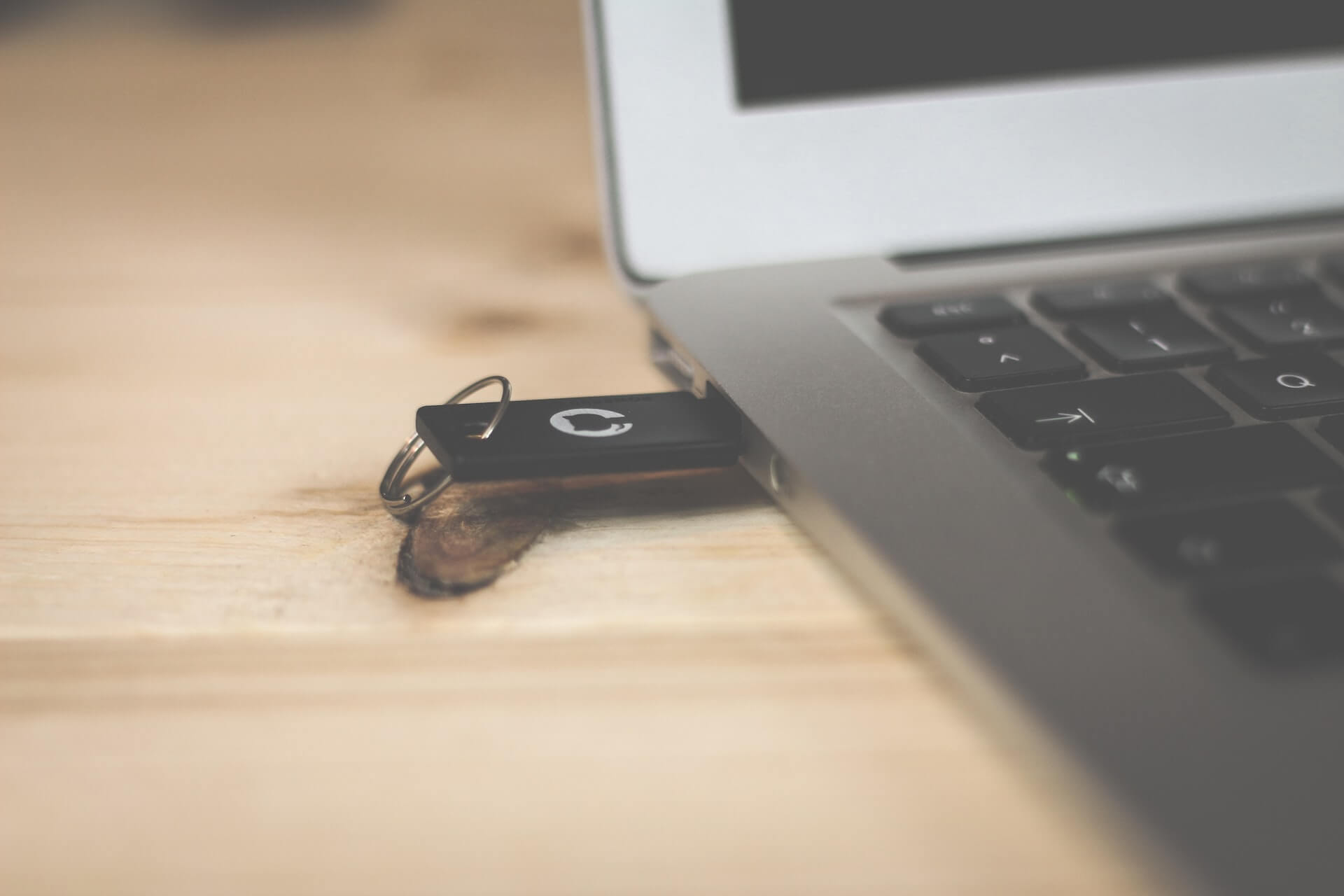One of the first things that PC users learn is that they should always safely eject all USB devices connected to their computer before removing them. Now, this is a fairly simple and straightforward affair when you have a system with Windows OS. But, the story can change significantly when working with a Chromebook.
This can often lead people to ask questions like;
How do you eject a USB device the right way from Chromebook?
Is this process even necessary on such devices?
What happens if you don’t safely eject all USB devices from your Chromebook before removing them?
Not to worry!
We’ll be going into all of that and more extensively now!
Ejecting USB From Chromebook Properly – What It’s Important
Technically, you can simply unplug a USB device from your Chromebook without giving any thought to safely ejecting first. However, there’s a reason why it’s so important that you take the effort to properly eject your USB devices first.
Knowing this reason will help ensure that you take the process more seriously and try your best to always practice it. So, before we go into just how to properly eject before unplugging your USB device, let’s look at what makes this procedure so important in the first place.
Top Reasons Why You Should Always “Eject” a Flash Drive Before You Unplug
By far the biggest reason why you should ensure to hit the “Eject” button before manually removing a USB device from your system is the risk of data loss.
What does that even mean?
Here’s what you should know.
Whenever you insert a USB device into your Chromebook, the computer starts to interact with it almost immediately. Any number of activities can be going on during this time. Your Chromebook could simply only be reading information on the flash drive or it might be writing.
Now, if you were to abruptly interrupt this line of communication, you essentially compromise the integrity of the USB device. Most times, some portion or the entire bulk of the data on the flash drive could become unstable and corrupt.
The result of this is that you’ll likely lose all of the information you had stored on that USB drive.
This brings the role of using the “Eject” button to light.
When you give your Chromebook this instruction, you’re essentially ensuring that you terminate that line of communication between the two devices. Once the flash drive has been successfully ejected, you can be certain that the data on it is safe and readily accessible.
The Exception
You should also know that there are times when your USB drive will be connected to your system but it won’t be active. Whether or not the flash drive and your Chromebook are communicating is sometimes even indicated by blinking lights on some USB drives.
So, sometimes, when the blinking lights aren’t on, it may be safe to unplug your USB drive directly.
However, to ensure that you’re on the safer side at all times, we highly recommend that you always use the “Eject” option to stop all data processes before disconnecting your flash drive physically.
With that covered, let’s get into the meat of things!
The Complete Guide to Ejecting a Flash Drive From Chromebook
Now that you know just how helpful safely ejecting your USB drive can be when it comes to protecting your data, the next thing becomes mastering how to execute this process flawlessly.
To help with that, we’ll be walking you through a very simple 5-step guide.
All you have to do is:
Step One – Find and Select the Launcher Icon
Before you can begin the process of unplugging your flash drive, you’ll need to first locate the “Launcher” icon. This function can be found in the lower-left portion of your screen.
Step Two – Select the Files Icon
Once at the launcher, make your way to the “Files” icon. This will give you access to the file explorer app.
Step Three – Find the Device You Want to Eject
In the file explorer, you’ll be shown a left navigation menu. This menu will highlight all the external devices currently connected to your Chromebook as well as their readable contents. So, you only need to find the USB drive you want to disengage.
Step Four – Hit the Eject Icon
When you’re ready to disconnect the flash drive, you just need to find and select the “Eject” icon. If this process was completely successful, the USB drive will disappear from the left navigation menu.
Step Five – Unplug Your Flash Drive
Now, you can physically disconnect your USB drive from your Chromebook safely!
Can’t Eject USB Drive – What To Do
In some instances, when you press the “Eject” icon, your Chromebook will send a prompt notifying you that it has failed to execute that action. There are several possible reasons for this. Thankfully, there are a ton of easy fixes you can use to address the problem as well.
Reasons Your Flash Drive Won’t Eject on Chromebook
Some major reasons why your USB drive might fail to eject on your computer include:
- Your flash drive and computer are still communicating in the background;
- Different processes or background apps on your Chromebook are impeding the ejection process;
- The flash drive has malware or virus on it.
How to Fix the Problem
The quickest solution to this problem is to make sure that you close every folder, file, or app that you’re running from that flash drive and try to eject again. If that doesn’t work, consider closing background applications as well.
If that doesn’t help as well, we recommend that you shut down your system. With the Chromebook completely off, you won’t have to worry about data corruption when you remove the USB drive.
Bottom Line
There are few things worse than unplugging your USB drive and inserting it back later on only to discover that you’ve lost several important files. While you can always initiate a recovery program to get this data back, there’s no way around the fact that prevention remains the best cure.
Thankfully, you now know all there is to know about safely ejecting flash drives from Chromebook. You can simply follow this guide and ensure your data continues to remain safe.

Kenny Trinh is a seasoned expert in the field of laptops and technology, boasting an extensive background enriched by years of hands-on experience and in-depth research. With a keen eye for innovation and a passion for staying ahead of the technological curve, Kenny has established himself as a trusted voice in the tech community. Holding a prestigious degree in Computer Science, he combines his academic insights with practical expertise to deliver valuable insights and recommendations to his readers and followers. Through his work, Kenny aims to demystify complex tech concepts, empowering individuals to make informed decisions and optimize their digital experiences.
